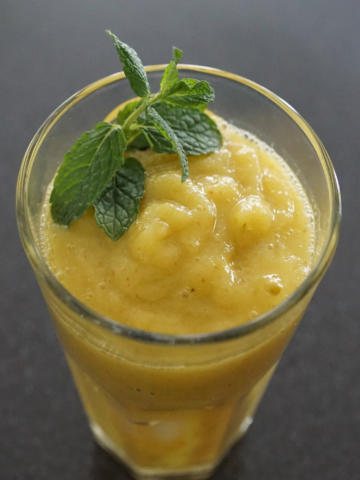
Mango
Mangoes are one of the most popular edible fruits in the world, and today they’re eaten around the globe. But did you know they’re actually members of the cashew family, and baskets of mangoes are commonly given as a gesture of friendship in India? There is so much to learn about this fascinating and delicious fruit.

Where do mangoes come from?
Mangoes were first grown in India over 5000 years ago, and the seeds gradually travelled around the world from there. Traders brought mango seeds from Asia to the Middle East, East Africa and South America from around 3-400 AD. Today, mangoes are still grown primarily in India, where almost half the world’s supply of mangoes grows each year. China, Thailand, Indonesia, and Mexico are also leaders in mango production, so travellers should be sure to try fresh mangoes when in those parts of the world.
Are mangoes good for you?
Mangoes are very nutritious. They are high in fibre, as well as vitamins A and C. They also contain folate, B6, and iron, as well as smaller amounts of calcium, zinc, and vitamin E. If you eat 80g (about half) of mango a day, you’re consuming 53 calories, 2g of fibre, and one of your five fruits and vegetables a day. Mangoes are also an excellent source of antioxidants, which means that eating them will help to cleanse your body, and they’ve even been known to help with constipation. Some studies even suggest that eating mangoes regularly could help to prevent obesity.
Mangoes: the perfect addition to smoothies
Mangoes are a fantastic addition to smoothies, particularly if you like their unique, sweet flavour. Like bananas, mangoes are quite a fibrous fruit and they can help to add a lot of bulk to a smoothie. But they’re also sweeter than most bananas, making them the perfect choice for health-conscious smoothie drinkers looking to get a sweet fix. To try something new, why not pair mango up with banana, strawberry or kiwi for a sweet, refreshing smoothie with hints of the exotic.




